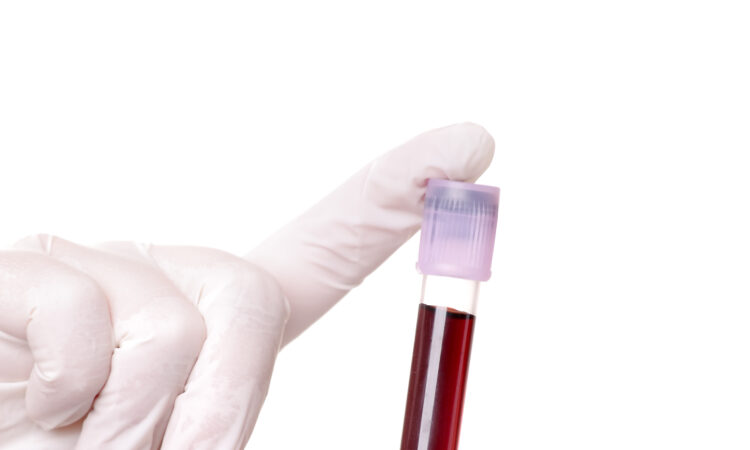
Prothrombin time (PT) tests measure the time it takes for clots to form in blood samples. The PT test results allow you to calculate an international normalized ratio (INR).
The liver creates a type of protein called prothrombin, which is one of several coagulation factors made by the body. If you cut yourself or sustain an injury that causes bleeding, coagulation factors work together to form a blood clot to stop the wound from bleeding.
The speed at which the blood clots depends on the amount of prothrombin and other coagulation factors are present in the body and whether they are working properly. Should the blood clot too slowly, the patient may lose a lot of blood following an injury. If the blood clots too quickly, it may cause a dangerous clot to form that blocks arteries or veins.
How do PT and INR tests help?
Medical practitioners can administer PT and INR tests to help diagnose the cause of patient bleeding or blood clotting disorders. The test can also determine if any medications the patient takes to prevent blood clots are working effectively.
A PT/INR test is most often used to help medical caregivers to:
- Check for liver problems
- Check how well warfarin is working to treat and prevent dangerous blood clots
- Pinpoint the reason for unusual bleeding
- Test clotting function before surgery
- Work out the reason for abnormal blood clots
Medical practitioners may also use a PT/INR test alongside a partial thromboplastin time (PTT) test. A PTT test can also be used to check for clotting issues.
For patients taking warfarin on a regular basis, a PT/INR test will help to ensure they are taking the right dose of warfarin and if the dose needs to be adjusted. It is a useful test to perform on patients with symptoms of a bleeding or clotting disorder that are not already taking any blood-thinning medications or drugs that can cause these side-effects.
Patients may need a PT/INR test prior to scheduled surgery. The test results will ensure a patients blood is clotting normally and is suitable for their surgical procedure without the risk of losing too much blood.
How is a PT/INR test conducted?
A healthcare practitioner may draw a blood sample from a patient’s vein or fingertip for the test in a clinical setting. Patients taking warfarin are recommended to test their blood regularly with an at-home PT/INR test kit that uses a blood sample from a fingertip.
Patients taking warfarin should be advised to delay their daily dose until after they perform a test at home. Patients using at-home kits need to review their results with their healthcare provider. PT/INR test results can be taken in the form of INR levels or the number of seconds it takes for the blood sample to clot (prothrombin time).
PDUK offers the following course for medical professionals and primary care practitioners that are new to taking patient blood for diagnostic tests.
A67 An introduction to basic haematology and biochemistry investigations: Online
This is a one-day online course for nurses and allied health professionals that are new to blood test result interpretation. It is an ideal course for healthcare practitioners that want to refresh or review their basic skills.
The course runs from 09:00am- 3:30pm and all course material, evaluations and certificates of attendance are included.
The aims and objectives of this course include the following:
- Apply theory to practice through case study application
- Be aware of what factors can interfere with test results
- Be familiar with appropriate client care relevant to the tests
- Explore the impact of lifestyle factors such as nutrition and drugs on haematology, biochemistry, and metabolic investigations
- Interpret test results, understanding possible pathological implications of abnormal findings
- Understand the basic principles of haematology, coagulation, and clinical biochemistry tests

